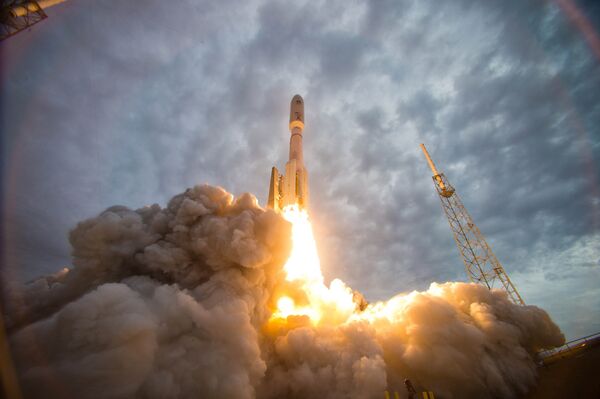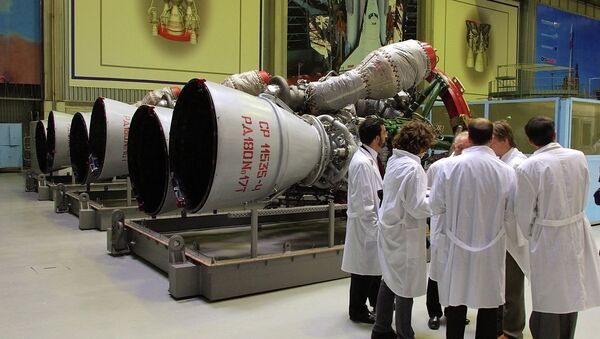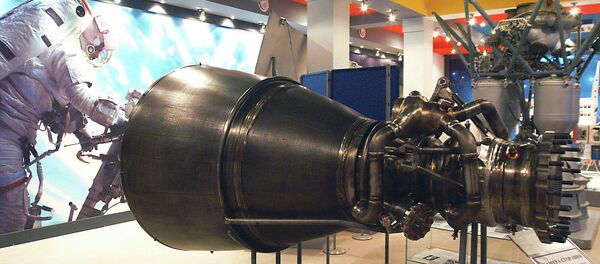"There is no compelling reason to limit the number of RD-180 engines the military can use right now," he noted.
Earlier, Senate Armed Services Committee, chaired by McCain, released its version of the National Defense Authorization Act for the fiscal year 2017, urging to limit the number of RD-180 engines to nine. The House Armed Services Committee recommended increasing the number to 18.
"Rather than rushing to do something premature, Congress should keep as many options open as possible," Harrison observed. "Setting a hard limit on the number of RD-180 engines now effectively limits competition and could force a transition to alternative launch vehicles that may not be ready."

The US decided to find alternative ways to launch satellites into space following Crimea's reunification with Russia, a move approved by more than 96 percent of the peninsula's population. The US is currently exploring three options – it is developing a new engine and designing new launch vehicles, but this is a lengthy process that requires significant funding.
Harrison warned that new technology should be tested before the switch occurs since space launch is a risky business.
"Military satellites cost much more than the rockets that launch them – some cost over $1 billion each. Dropping one of these satellites in the ocean because of a failed launch would set the military back by years," he noted.


